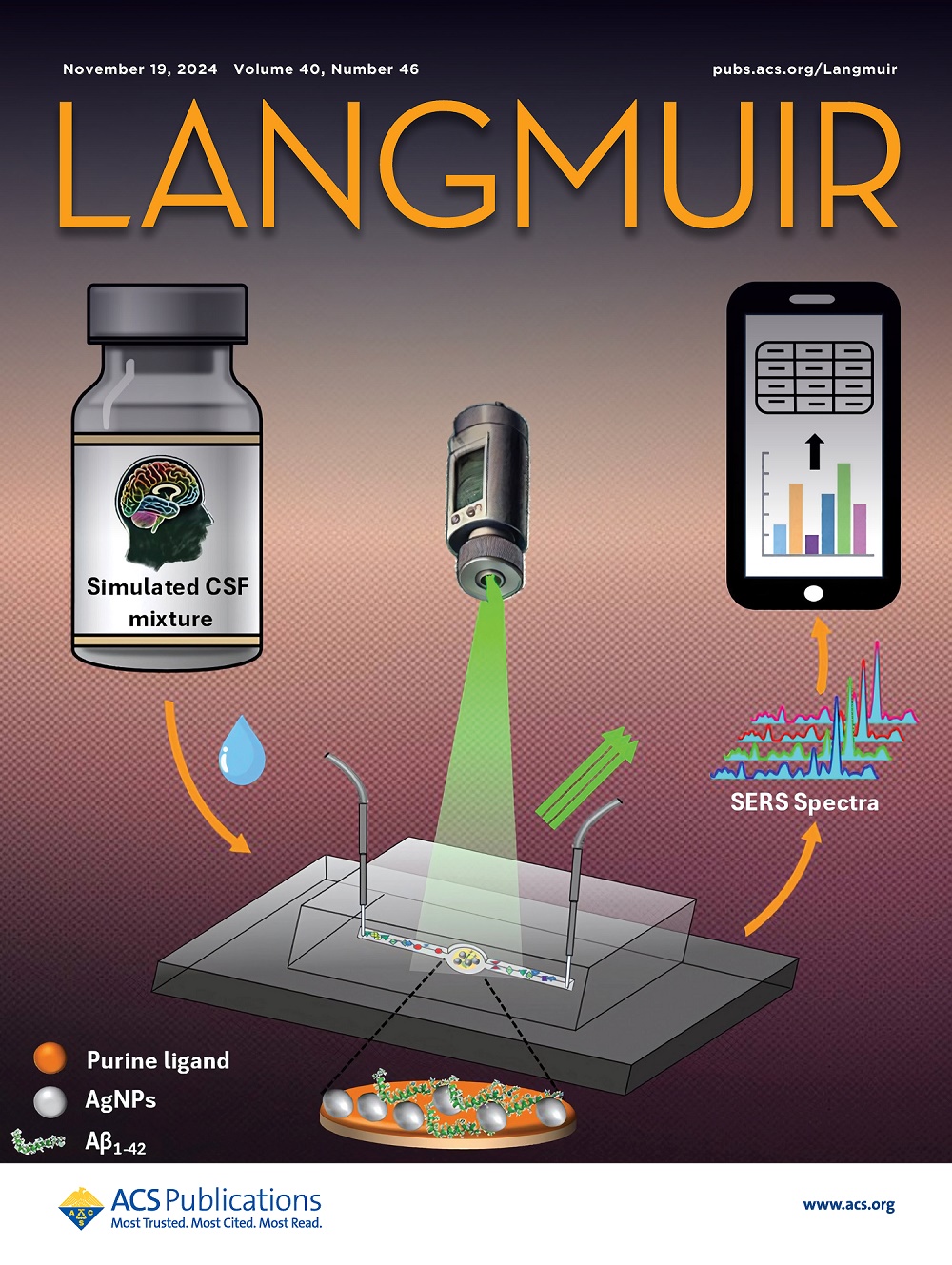核用(FeCr2V)92%W8%中熵合金的氧化机理:从头算研究的启示
IF 3.7
2区 化学
Q2 CHEMISTRY, MULTIDISCIPLINARY
引用次数: 0
摘要
在fecr2v基耐火中熵合金(RMEA)中掺杂8原子% W,由于其抗氧化性和优异的机械性能,为核反应堆结构材料提供了一种经济有效的解决方案。本文采用DFT计算和从头算分子动力学相结合的方法,研究了优化后的(FeCr2V)92%W8% RMEA在不同温度下的解离、吸附和扩散机理。结果证实了氧分子在合金表面的吸附和解离。在300 K时,投影态密度(PDOS)分析显示Cr-d和Fe-d轨道与O-p轨道之间存在明显的杂化。在1023 K的高温下,Cr、W与O之间的杂化仍然很强,表明氧化保护层的持续形成。值得注意的是,钨有助于形成保护性的WO3氧化层,增强了合金的抗氧化性。势垒能计算进一步揭示了W掺杂抑制氧向亚层扩散,提供了有效的抗氧化机制。这些发现为rmea的抗氧化性及其在高温和辐射密集环境中作为结构材料的适用性提供了有价值的见解。本文章由计算机程序翻译,如有差异,请以英文原文为准。

Oxidation Mechanisms of (FeCr2V)92%W8% Medium Entropy Alloy for Nuclear Application: Insight from Ab Initio study
The 8 atom % W doping in FeCr2V-based refractory medium-entropy alloy (RMEA) offers a cost-effective solution for structural materials in nuclear reactors due to its resistance to oxidation and superior mechanical properties. In this work, a synergy of DFT calculation and ab initio molecular dynamics was employed to investigate the dissociation, adsorption, and diffusion mechanism of oxygen on the surface of the optimized (FeCr2V)92%W8% RMEA at various temperatures. The results confirmed the adsorption and dissociation of O2 molecules on the alloy surface. At 300 K, projected density of states (PDOS) analysis revealed significant hybridization between Cr-d and Fe-d orbitals with O-p orbitals. At an elevated temperature of 1023 K, the hybridization between Cr and W with O remained strong, indicating the sustained formation of a stable protective oxide layer. Notably, tungsten contributed to the formation of a protective WO3 oxide layer, enhancing the alloy’s oxidation resistance. Barrier energy calculations further revealed that W doping inhibits oxygen diffusion into sublayers, providing an effective oxidation resistance mechanism. These findings offer valuable insights into the oxidation resistance of RMEAs and their suitability as structural materials for high-temperature and radiation-intensive environments.
求助全文
通过发布文献求助,成功后即可免费获取论文全文。
去求助
来源期刊

Langmuir
化学-材料科学:综合
CiteScore
6.50
自引率
10.30%
发文量
1464
审稿时长
2.1 months
期刊介绍:
Langmuir is an interdisciplinary journal publishing articles in the following subject categories:
Colloids: surfactants and self-assembly, dispersions, emulsions, foams
Interfaces: adsorption, reactions, films, forces
Biological Interfaces: biocolloids, biomolecular and biomimetic materials
Materials: nano- and mesostructured materials, polymers, gels, liquid crystals
Electrochemistry: interfacial charge transfer, charge transport, electrocatalysis, electrokinetic phenomena, bioelectrochemistry
Devices and Applications: sensors, fluidics, patterning, catalysis, photonic crystals
However, when high-impact, original work is submitted that does not fit within the above categories, decisions to accept or decline such papers will be based on one criteria: What Would Irving Do?
Langmuir ranks #2 in citations out of 136 journals in the category of Physical Chemistry with 113,157 total citations. The journal received an Impact Factor of 4.384*.
This journal is also indexed in the categories of Materials Science (ranked #1) and Multidisciplinary Chemistry (ranked #5).
 求助内容:
求助内容: 应助结果提醒方式:
应助结果提醒方式:


